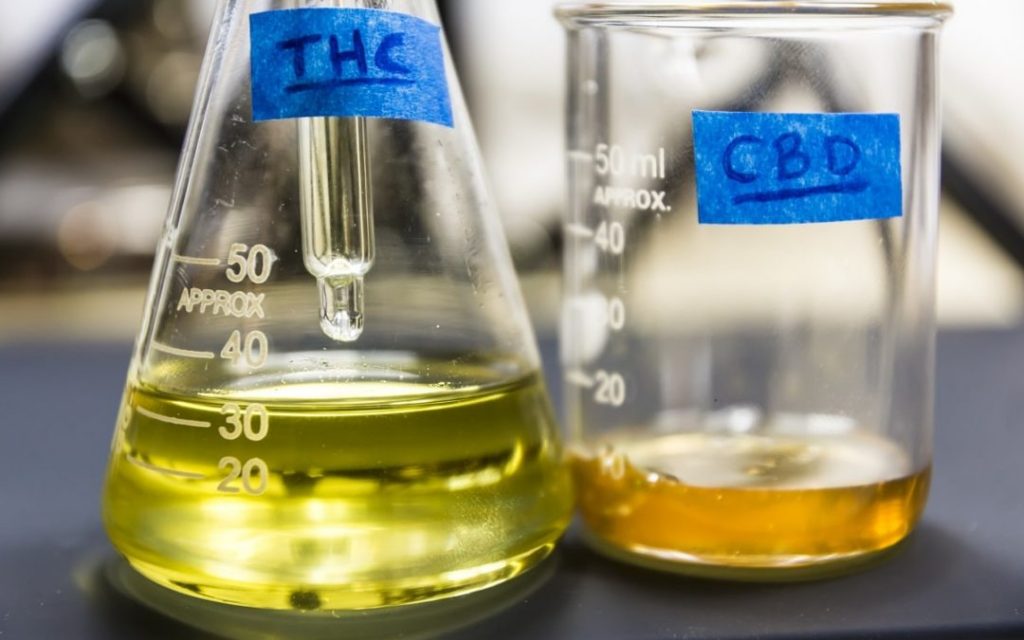Delta-8-THC is a minor cannabinoid, happening in the plant in little focuses. Delta-8-THC is additionally known to be a corrupted type of THC, and isn’t straightforwardly created by cannabinoid-integrating proteins inside the plant. At the point when THC is put away for a while, it corrupts into delta-8-THC. Business producers and extractors utilize particular reproducing and sub-atomic separation to get to more prominent amounts of delta-8-THC. Delta-8-THC is unmistakable from the THC that is regularly referenced in discussion about cannabis. What we allude to as THC normally implies delta-9-THC, the principle type of THC found in cannabis. Delta-8-THC is a simple of delta-9-THC, an atom with a comparative structure, however some striking contrasts. While the two offer numerous comparable properties, for example, purportedly animating hunger, decreasing queasiness, and relieving torment, delta-8-THC will in general display a lower psychotropic intensity than delta-9-THC.

What is Delta-8-THC and What is Its Place Among the Other Cannabinoids?
There are more than 100 cannabinoids present in the cannabis plant. While we have some essential information about the essential cannabinoids, delta-9-THC and cannabidiol CBD, we think less about the optional, or minor, cannabinoids. Delta-8-THC is a minor cannabinoid, happening in the plant in little focuses. Delta-8-THC is likewise known to be a corrupted type of THC, and isn’t straightforwardly delivered by cannabinoid-blending catalysts inside the plant. At the point when THC is put away for a while, it corrupts into delta-8-THC. Business cultivators and extractors utilize specific reproducing and sub-atomic disengagement to get to more prominent amounts of delta-8-THC.
How Does Delta-8-THC Work with the Endocannabinoid System?
Best Delta 8 Distillate ties to the CB1 receptors situated in the focal sensory system. Delta-8-THC moreover has a fondness for CB2 receptors, albeit less is thought about this coupling system. From a synthetic or underlying viewpoint, delta-8-THC contrasts from delta-9-THC because of the area of a basic substance bond. Both delta-8 and delta-9-THC contain twofold bonds in their atomic chain. Delta-8-THC contains that bond on the 8th carbon chain, while delta-9-THC contains the bond on the ninth carbon chain. In spite of the fact that it is an unobtrusive contrast, it effectsly affects how the body’s endocannabinoid receptors tie and react to the particle. Furthermore, delta-9-THC is less steady than delta-8-THC. Delta-9 THC is handily oxidized to become cannabinol CBN or delta-8-THC. Delta-8-THC is steady, doesn’t oxidize to become cannabinol, and flaunts a drawn out timeframe of realistic usability. Such soundness is alluring in a restorative compound. Delta-8-THC is likewise about half as solid as delta-9.